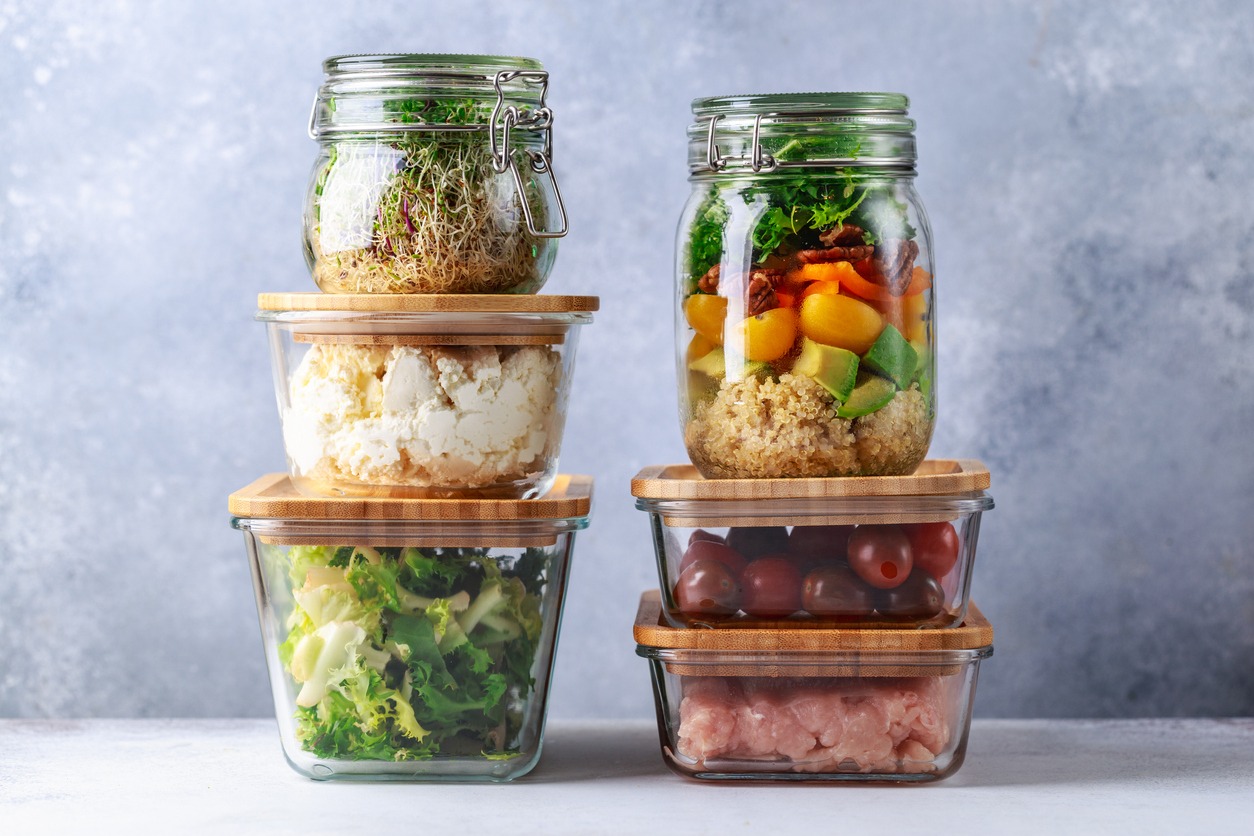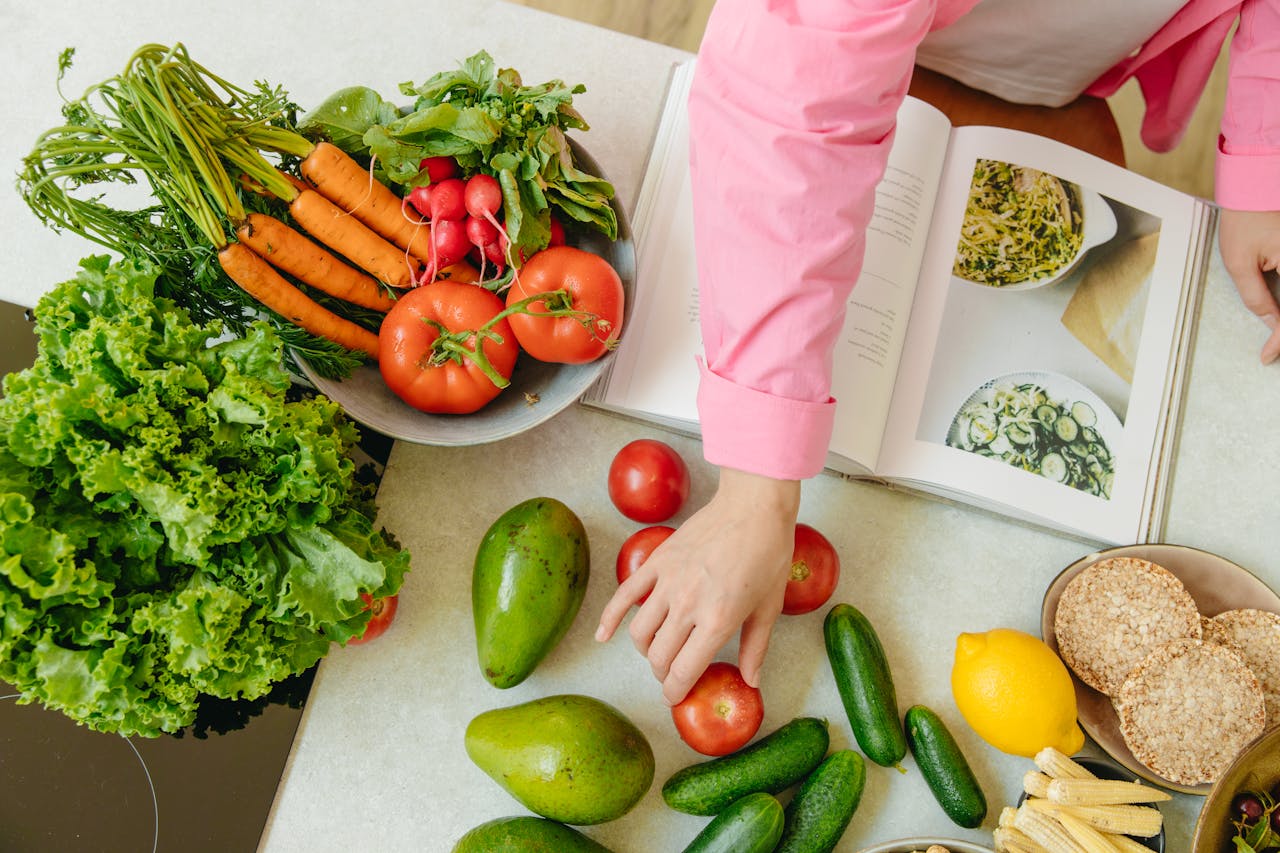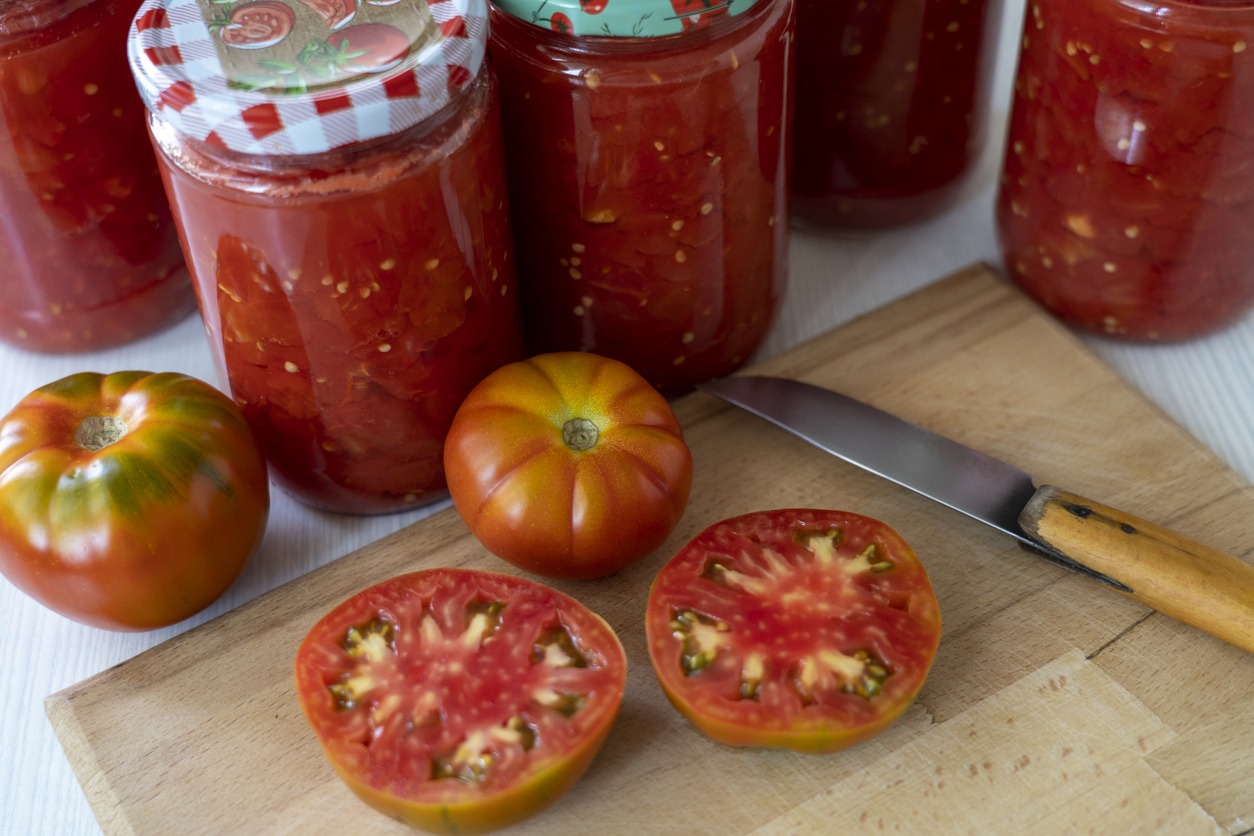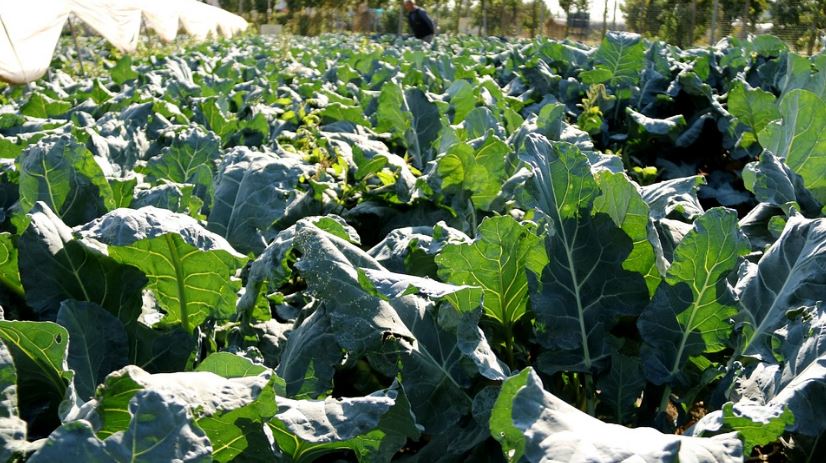Top Ways to Preserve Homegrown Food for Year-Round Enjoyment
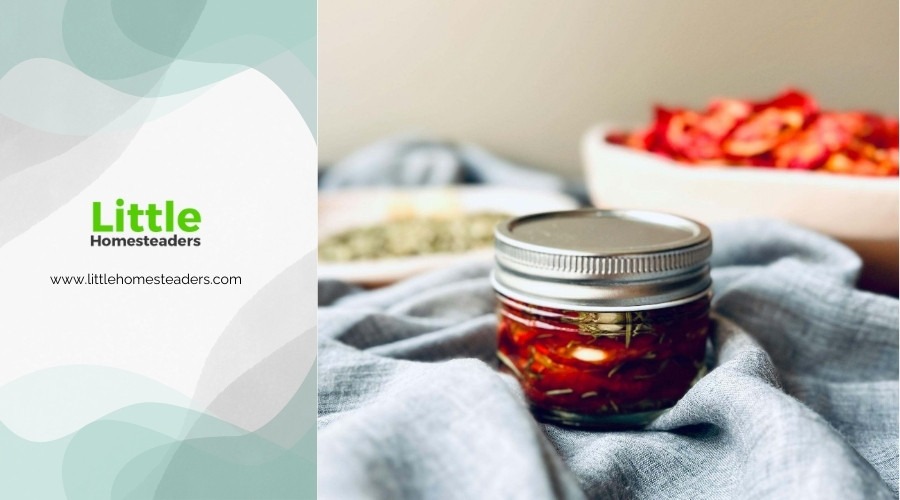
There's something magical about growing your own food. Whether it's the crunch of a freshly picked carrot, the burst of flavor from a sun-ripened tomato, or the soothing aroma of basil in the garden, homegrown food brings joy to our kitchens and our hearts.
But what happens when the garden overflows, and there's more bounty than you can handle? Don't worry; there are plenty of ways to preserve your harvest so you can enjoy it long after the growing season ends. Let's dive into some tried-and-true methods to keep the flavors of your garden alive all year long.
1. Freezing Fresh Produce
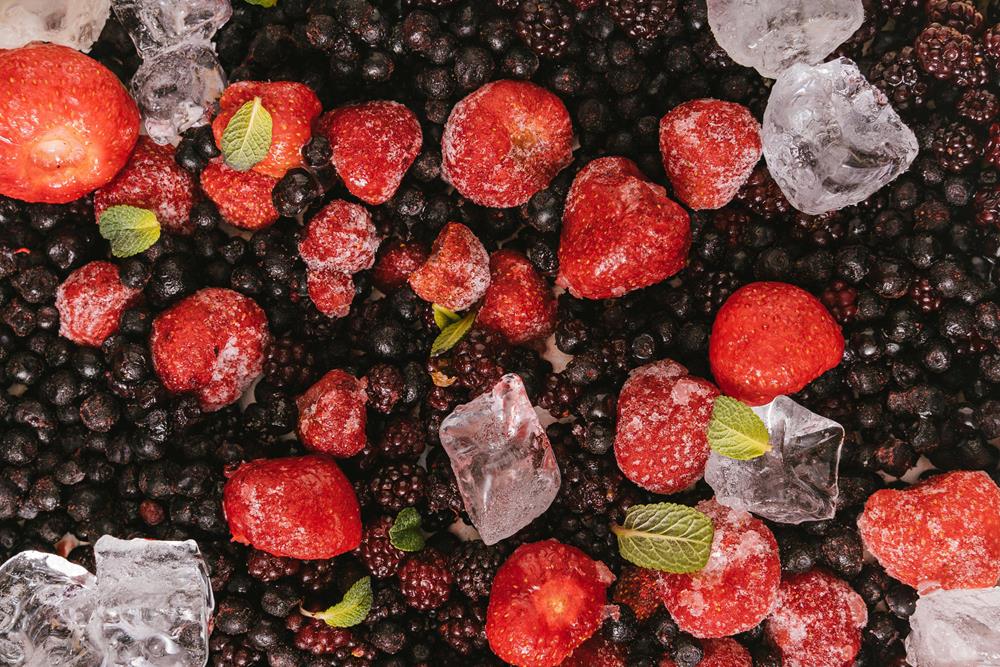
Freezing is one of the easiest and quickest ways to preserve your garden bounty. It's perfect for beginners because it doesn't require fancy equipment, and it locks in the nutrients and flavors of your produce.
Here's how you can do it:
- Vegetables: Most vegetables benefit from blanching before freezing. Blanching is a quick dip in boiling water followed by an ice bath. This process preserves the color, texture, and taste while halting enzyme activity that can degrade the quality over time. Think of it as giving your veggies a spa day before their big freeze.
- Fruits: Fruits can be frozen whole, sliced, or pureed. For berries, try freezing them in a single layer on a baking sheet before transferring them to freezer bags. This trick prevents them from clumping together, making it easy to grab just what you need.
- Tips: Always use airtight containers or freezer bags to prevent freezer burn. Label everything with the date so you don't play the guessing game months later. Properly frozen produce can last 8–12 months.
Freezing is a lifesaver when you need quick access to garden goodness. Imagine throwing a handful of frozen basil into a simmering pot of pasta sauce or blending frozen mangoes for a refreshing smoothie.
2. Canning Fruits and Vegetables
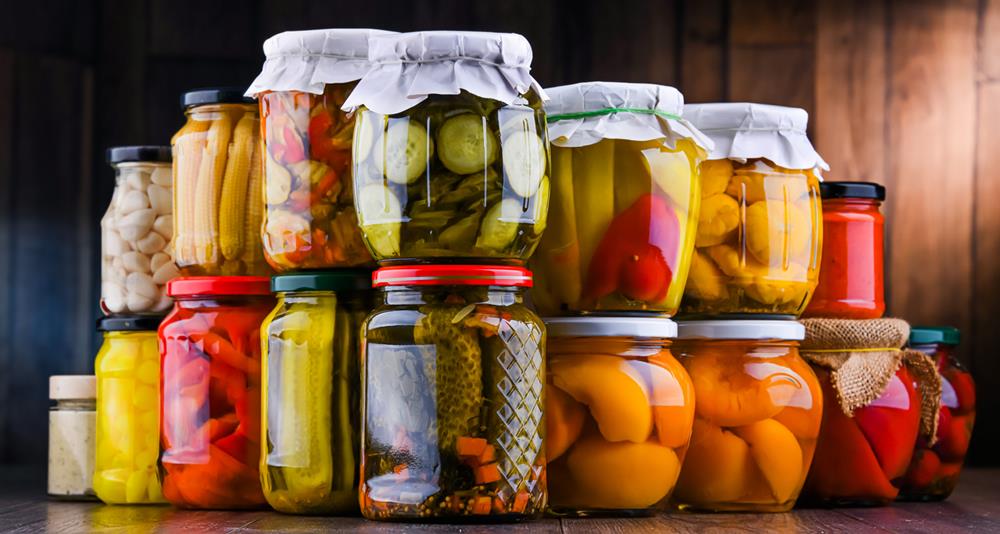
Canning is a time-honored method that has kept pantries stocked for generations. If you love the idea of shelf-stable food that doesn't require refrigeration, canning might be your new best friend.
How it works: By heating fruits and vegetables in jars and creating an airtight seal, you can prevent spoilage and preserve your food for 1–5 years. There are two main methods: water bath canning for high-acid foods like tomatoes, fruits, and pickles, and pressure canning for low-acid foods like green beans and corn.
Tips for Success:
- Use tested recipes to ensure safety and proper acidity levels.
- Sterilize your jars and equipment thoroughly.
- Leave the right amount of headspace in each jar to ensure a proper seal.
Canning is especially rewarding for creating homemade jams, salsas, and soups. Just imagine popping open a jar of homemade tomato sauce in the dead of winter and smelling the essence of summer. It's like sunshine in a jar.
3. Dehydrating for Long-Term Storage
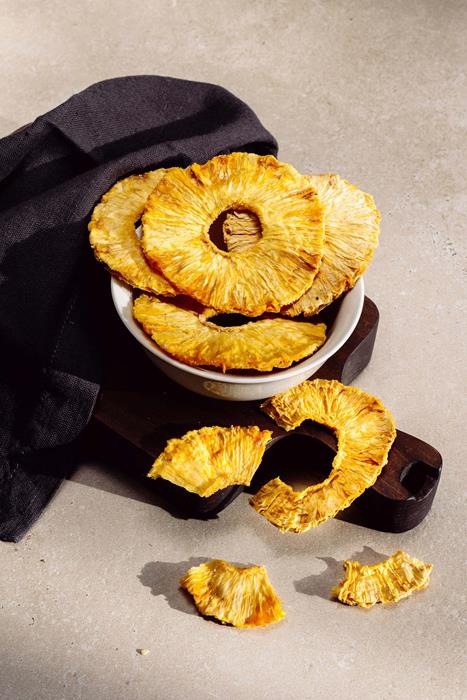
If you're short on pantry space but still want to preserve your harvest, dehydrating might be the way to go. This method removes moisture, which inhibits bacteria and mold, allowing food to last much longer.
You can dehydrate almost anything: fruits, vegetables, herbs, and even meat for jerky. Dehydrated foods are lightweight and compact, making them perfect for snacking, camping trips, or adding to recipes.
Getting Started:
- Invest in a dehydrator for consistent results, though an oven set to low heat can work in a pinch.
- Slice food evenly for uniform drying.
- Store dehydrated foods in airtight containers to keep moisture out.
A favorite use for dehydrated produce is making homemade chips. Try zucchini or apple chips with a sprinkle of cinnamon—they're a hit with kids and adults alike.
4. Fermenting and Pickling Techniques
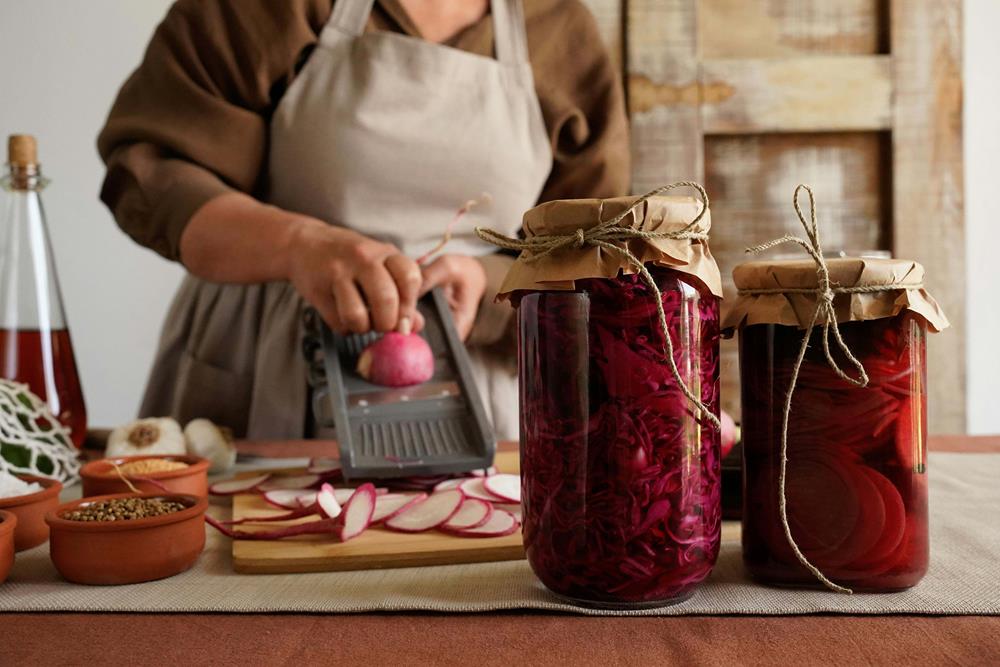
Fermentation is a centuries-old technique that not only preserves food but also enhances its flavor and nutritional value. Think kimchi, sauerkraut, and even fermented hot sauce. Pickling, on the other hand, uses vinegar to create tangy, crunchy treats.
Fermentation:
- Chop your vegetables (cabbage, cucumbers, carrots) and submerge them in a brine of water and salt.
- Let nature do the work. Beneficial bacteria will ferment the veggies over several weeks, creating tangy, probiotic-rich foods.
Quick Pickling:
- Use a solution of vinegar, water, sugar, and spices.
- Pour over your veggies and refrigerate for a quick, crunchy snack within hours.
Fermented and pickled foods last for months and add a burst of flavor to any meal. Plus, they're a fantastic way to use up excess produce.
5. Root Cellar Storage
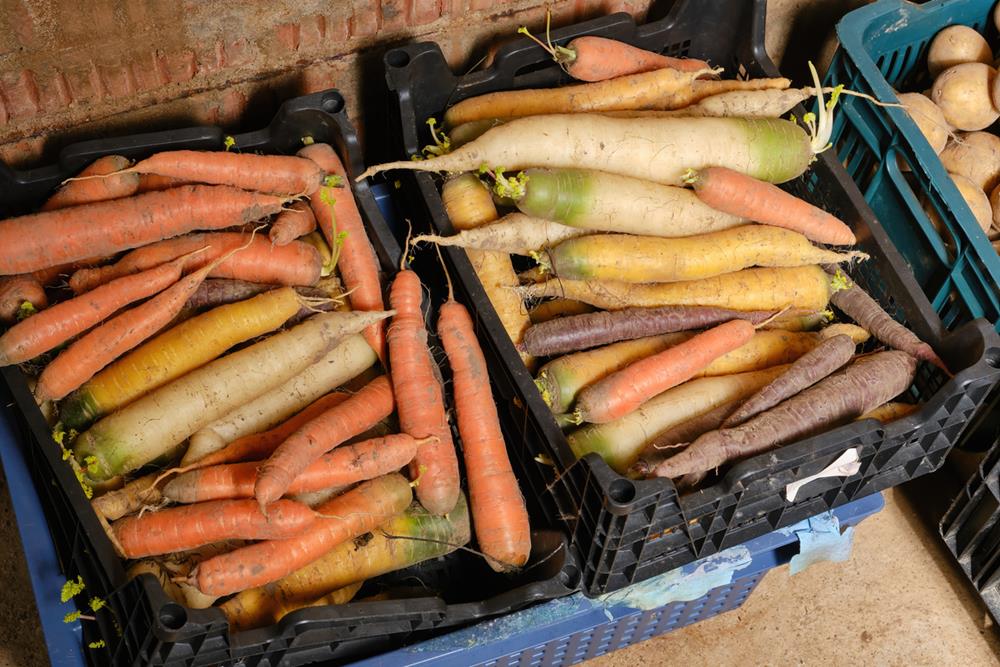
For a low-tech, eco-friendly preservation method, root cellars are unbeatable. Root cellars use the natural coolness of the earth to keep produce fresh for months.
Best for: Root vegetables like carrots, potatoes, beets, and turnips, as well as apples and winter squash.
Tips:
- Keep the storage area cool, dark, and humid.
- Separate fruits and vegetables, as some (like apples) release ethylene gas that can cause others to spoil.
- Inspect regularly and remove any spoiled items to prevent rot from spreading.
A root cellar is like having a personal farmer's market in your home. Imagine pulling out crisp apples for pies or hearty potatoes for stews in the middle of January.
6. Vacuum Sealing for Freshness
Vacuum sealing is a modern marvel for preserving freshness. By removing air from the packaging, you can dramatically extend the shelf life of produce, meats, and even dry goods.
Benefits:
- Prevents freezer burn.
- Saves space in your freezer or pantry.
- Keeps food fresh 3–5 times longer than conventional methods.
Use vacuum sealing to store bulk harvests or pre-portion meals for easy cooking. Pro tip: freeze liquids like soups or sauces in bags first, then vacuum seal to avoid spills.
7. Preserving Herbs and Spices
Herbs might be small, but they pack a punch of flavor. Preserving them ensures you have a steady supply for cooking.
Methods:
- Dry herbs by hanging them upside down in a cool, dark space.
- Freeze herbs in ice cube trays with water, broth, or olive oil.
- Make herbal vinegars or oils for dressings and marinades.
With these methods, your culinary creations will stay vibrant and flavorful, no matter the season.
8. Making Jams and Jellies
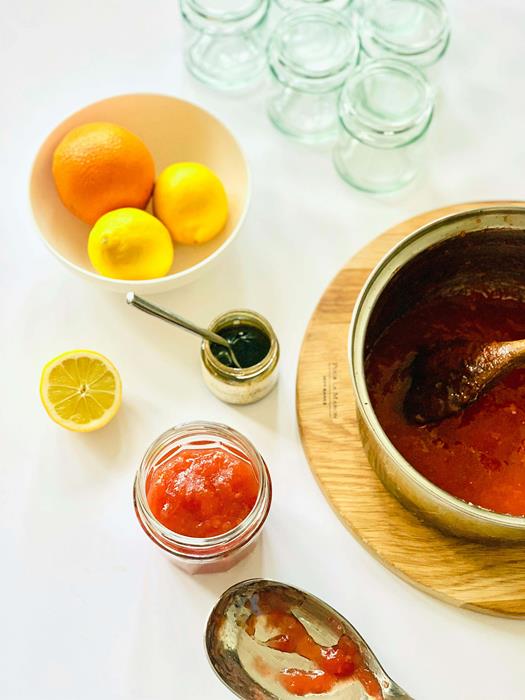
Homemade jams and jellies are the ultimate way to capture the sweetness of summer. Strawberries, peaches, and even more unusual options like figs or elderberries can be transformed into spreads that last up to a year.
How to Make Them:
- Cook fruit with sugar and pectin until it thickens.
- Can the mixture in jars using a water bath.
The possibilities are endless. Try mixing fruits or adding herbs for a unique twist, like strawberry-basil jam. Trust me, your toast will thank you.
9. Storing Seeds for Future Planting
Seed saving isn't just practical; it's empowering. By preserving seeds from your garden, you can grow the same varieties year after year, ensuring your favorite plants thrive.
Steps:
- Harvest seeds from open-pollinated or heirloom plants.
- Clean and dry them thoroughly.
- Store in airtight containers in a cool, dark place.
By saving seeds, you're not only preserving your garden's legacy but also reducing costs and promoting biodiversity.
Conclusion
Preserving your homegrown food is about more than just saving produce; it's about savoring the effort and love you put into your garden. From freezing and canning to fermenting and seed saving, there's a method for every type of gardener. Try a few, experiment, and find what works best for you. After all, there's nothing quite like enjoying the flavors of summer when the world outside is blanketed in snow.

